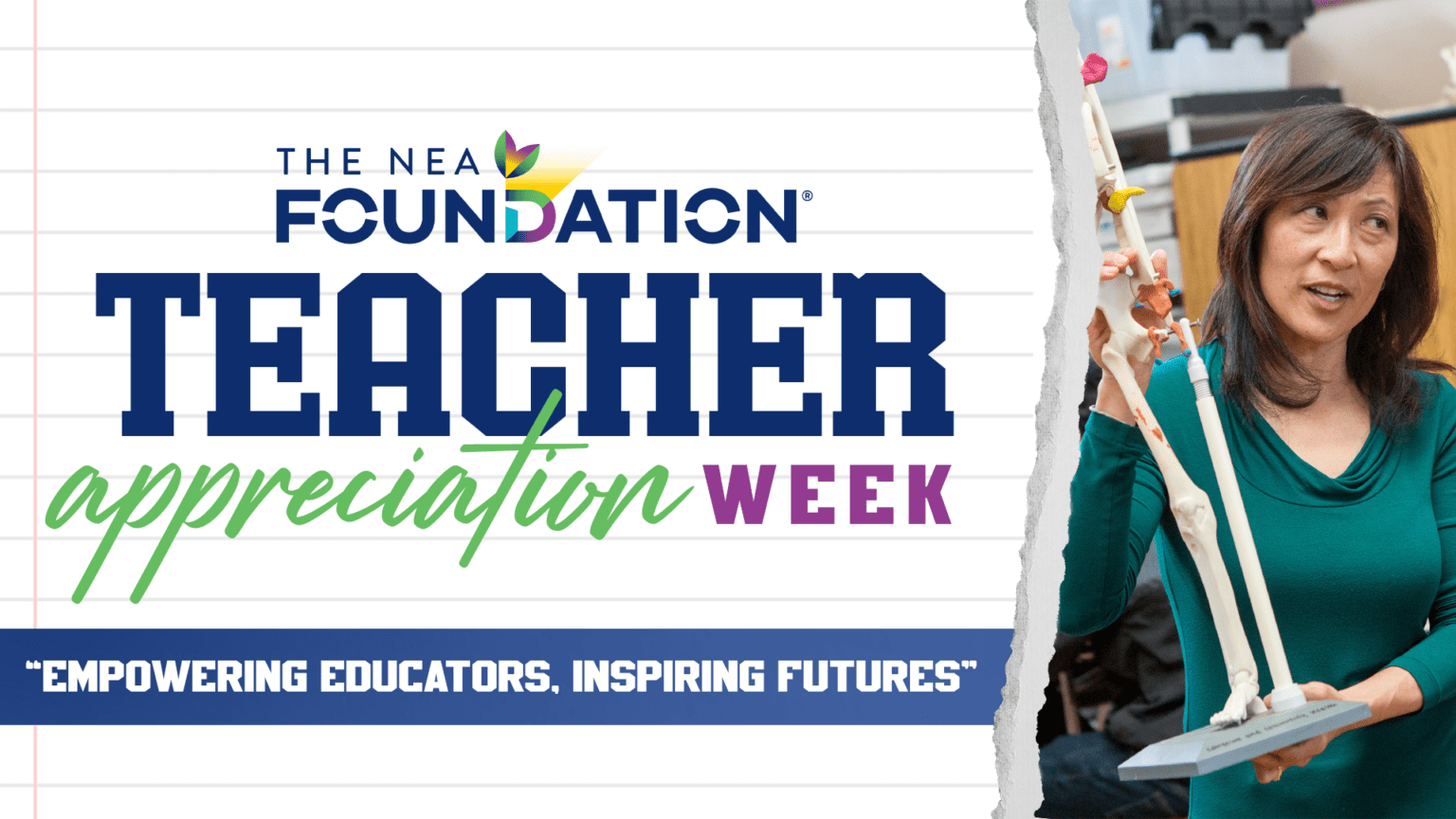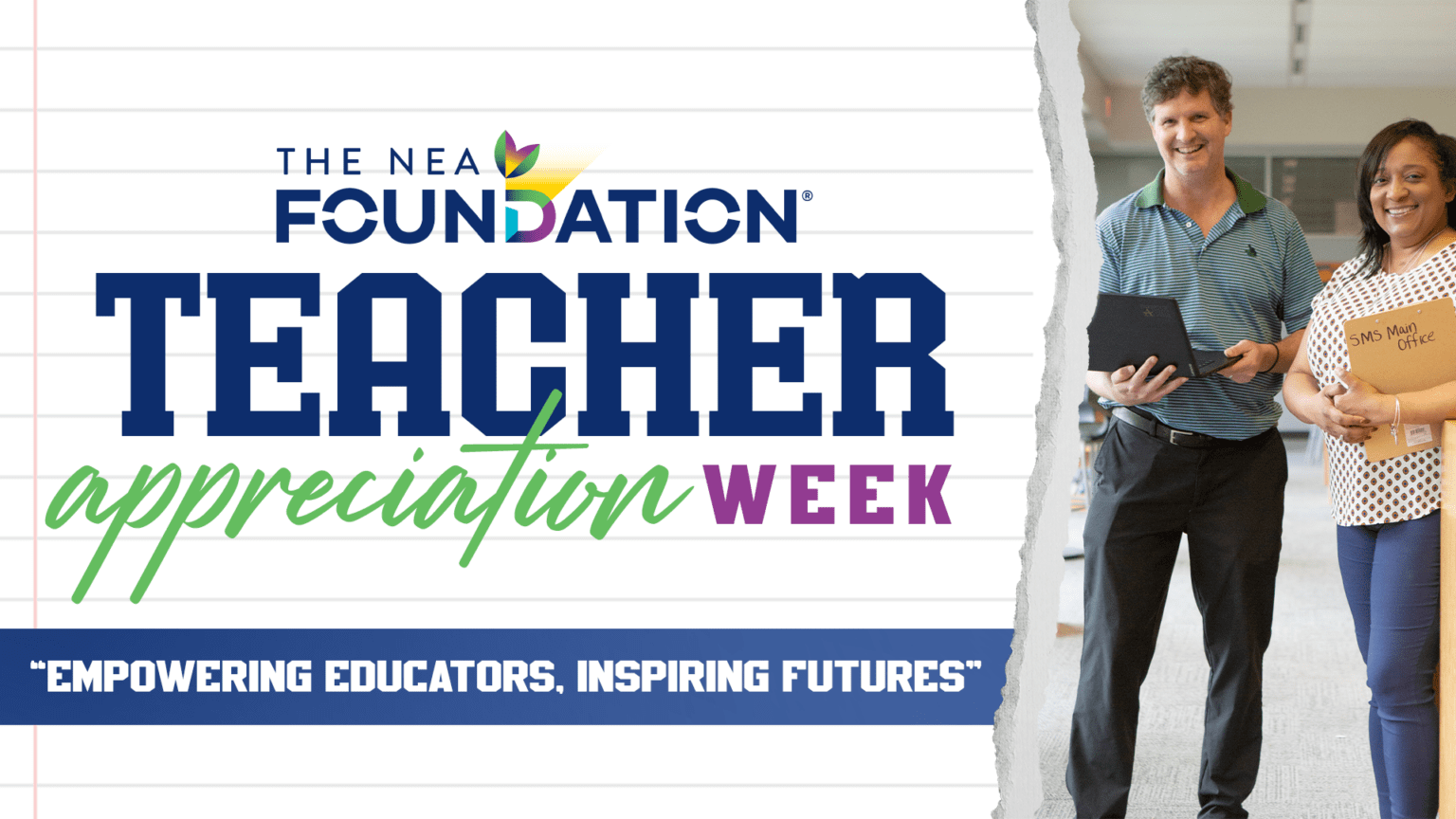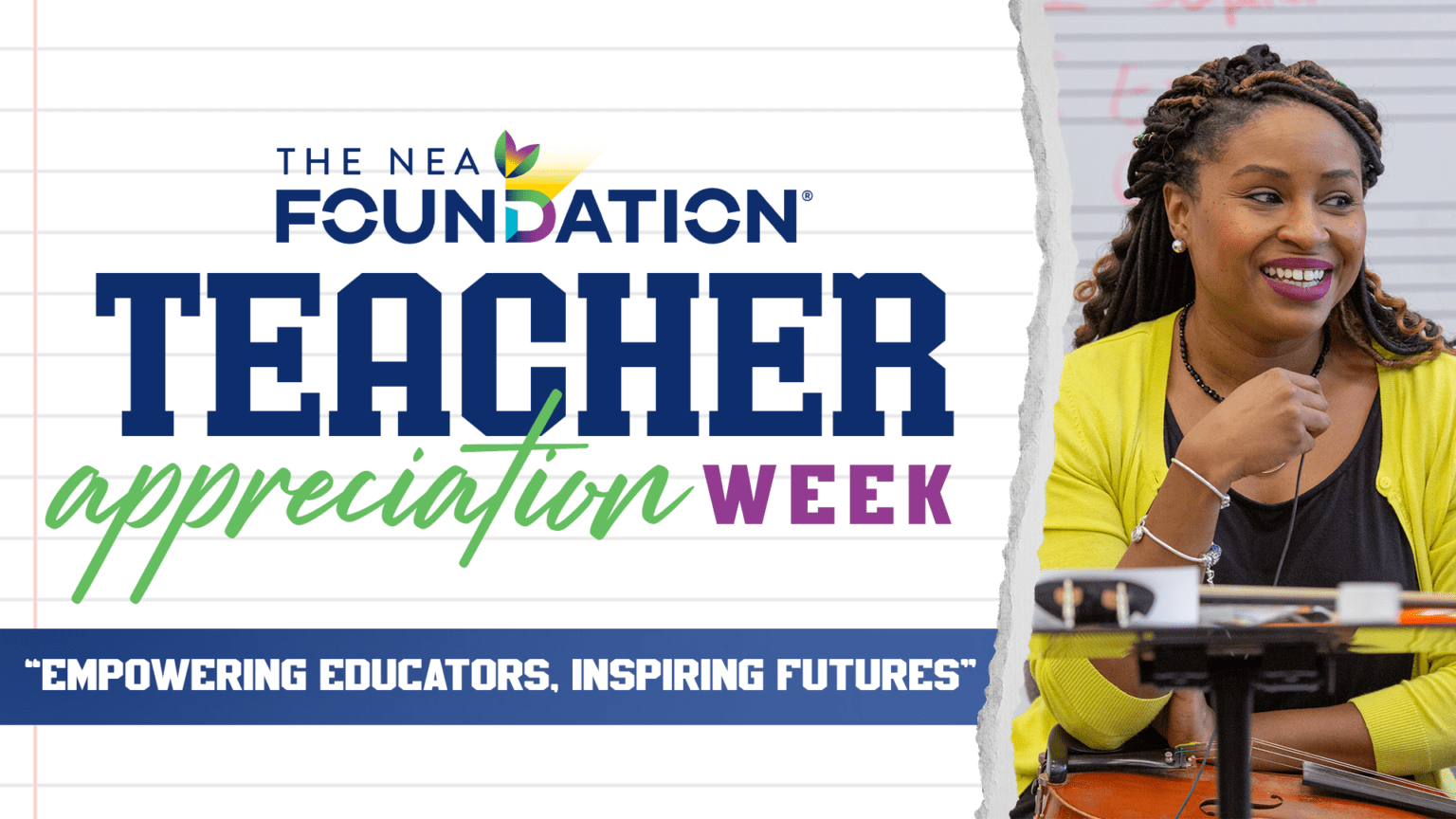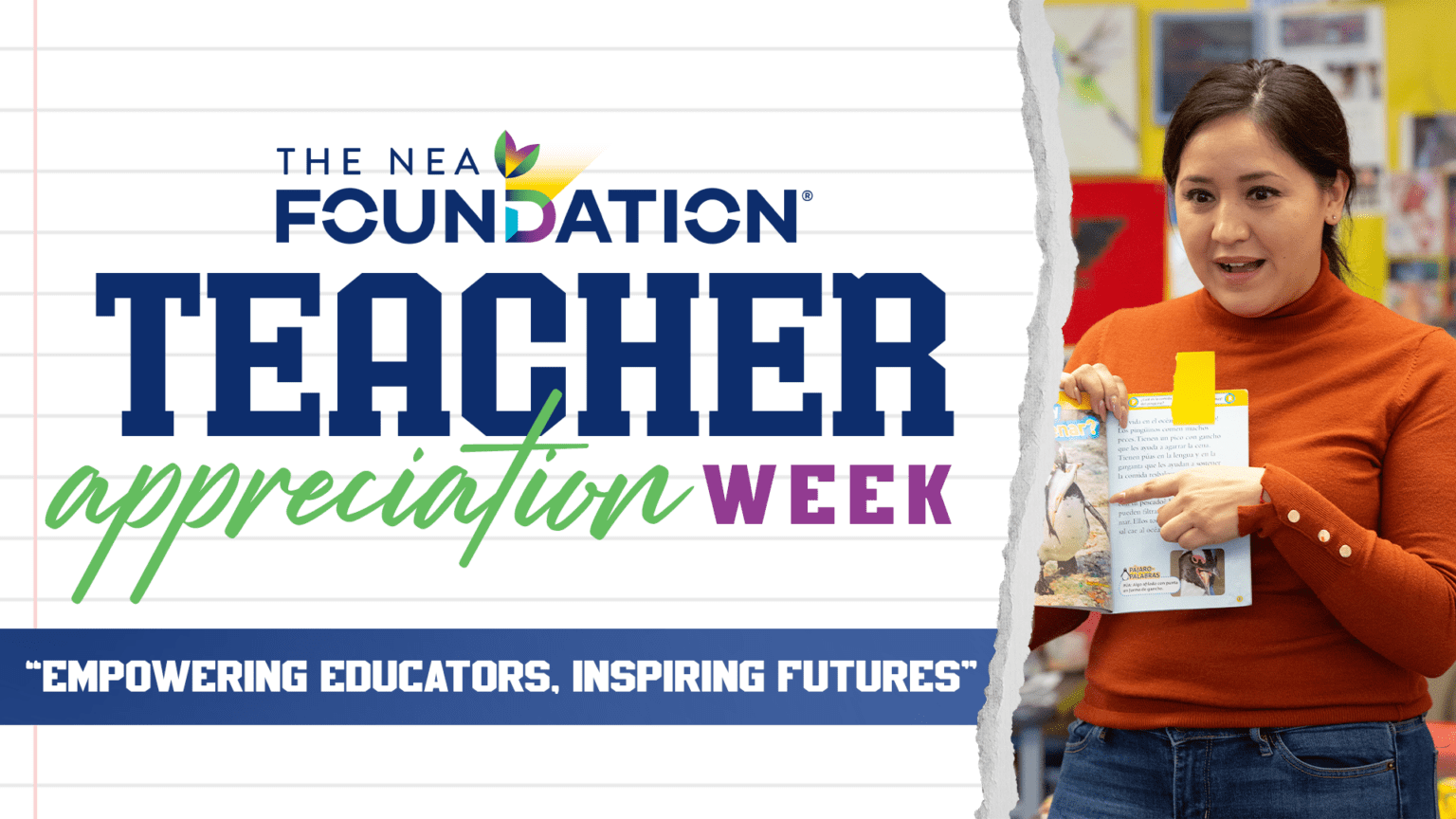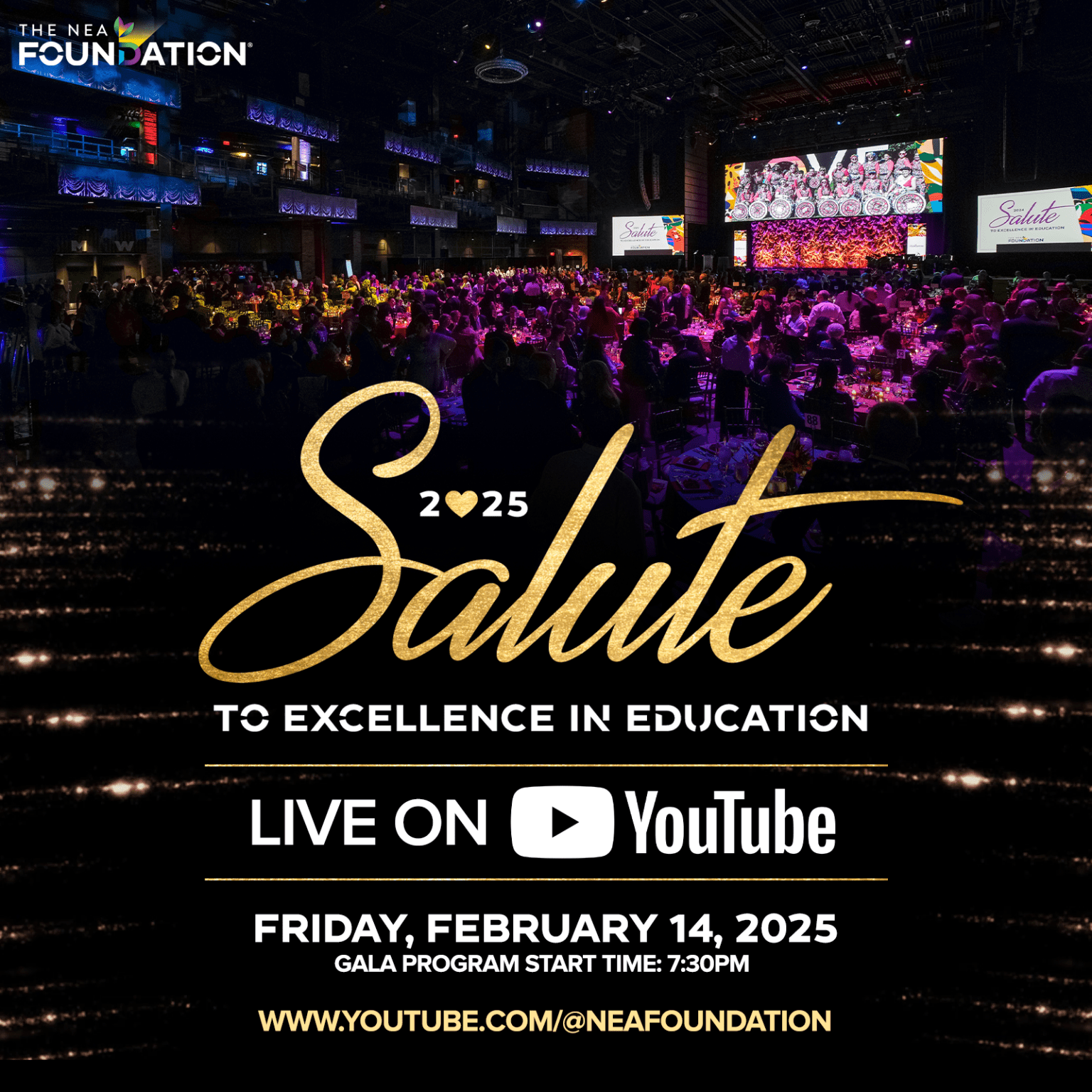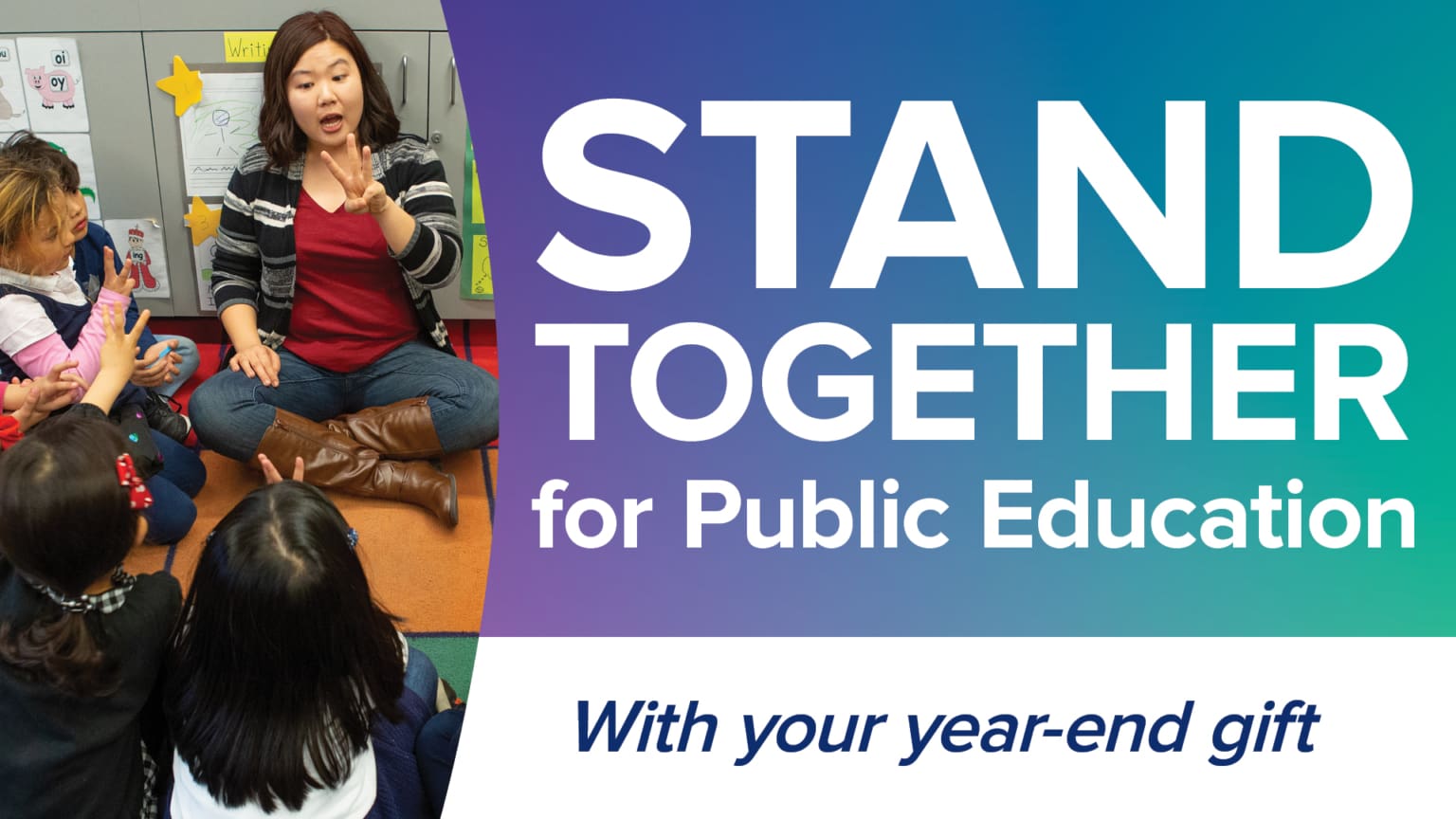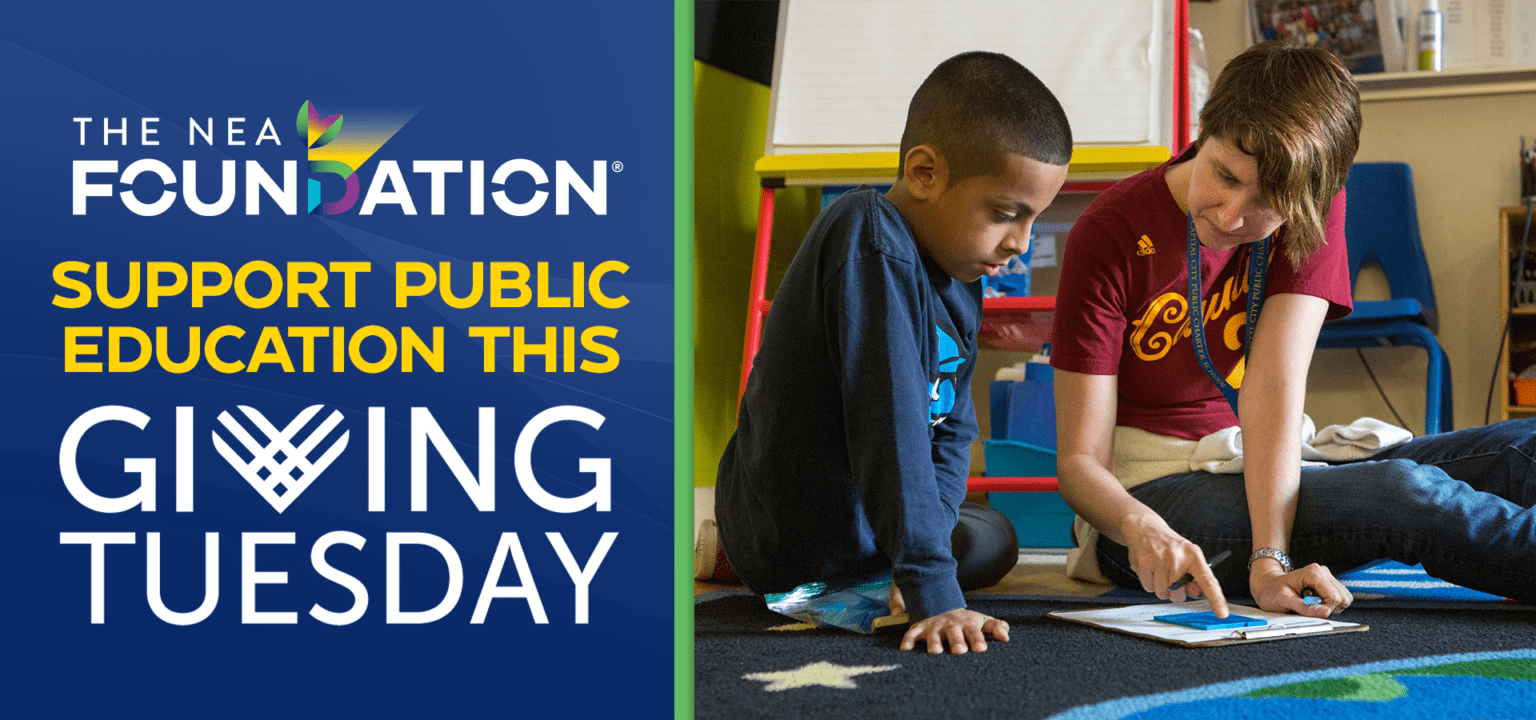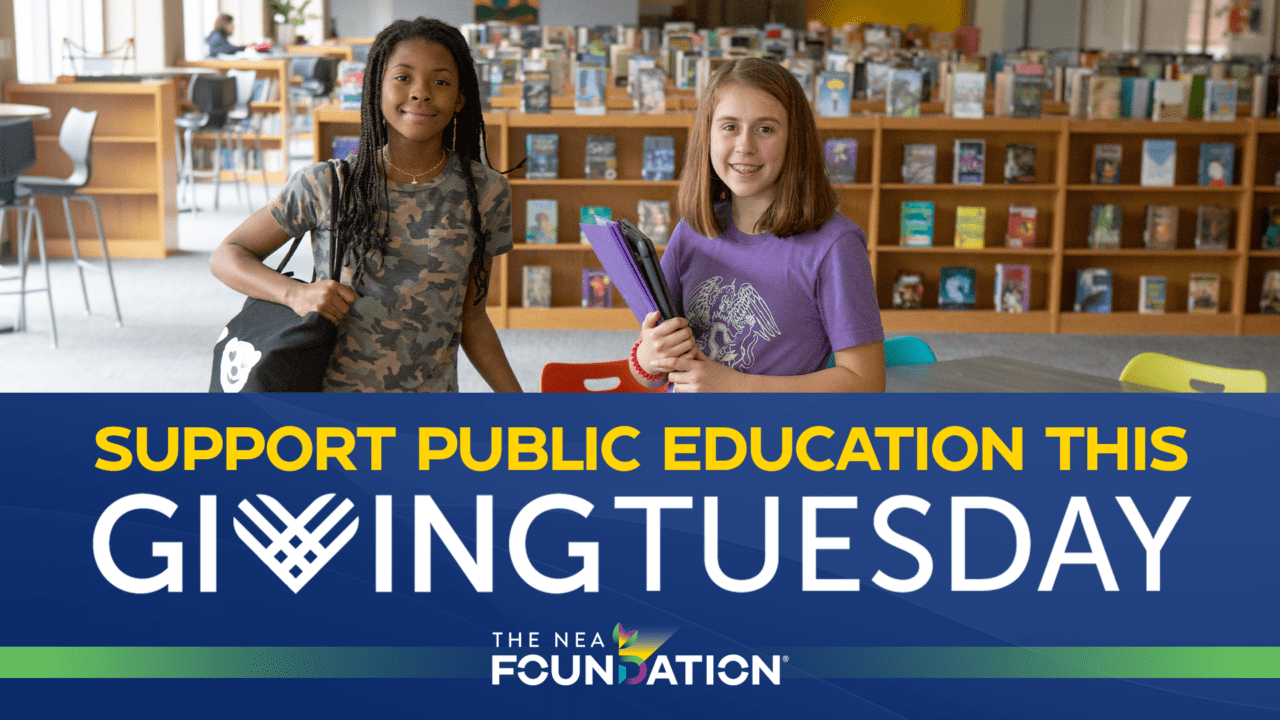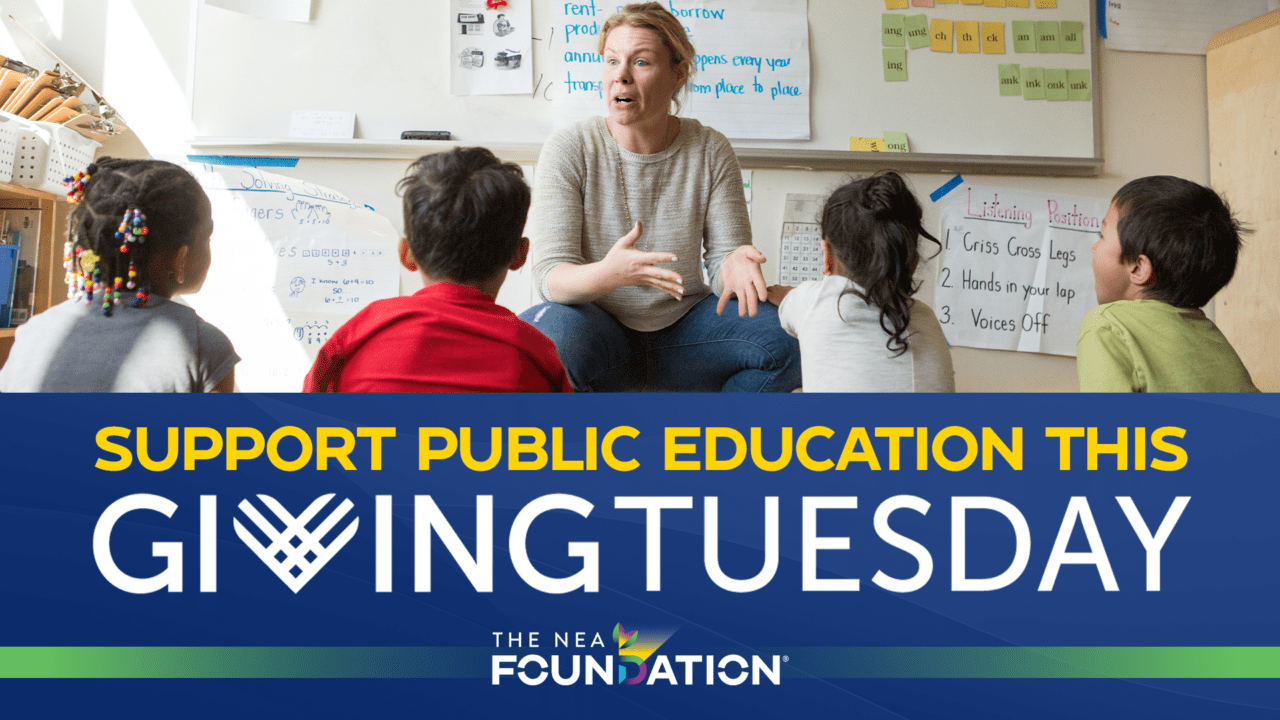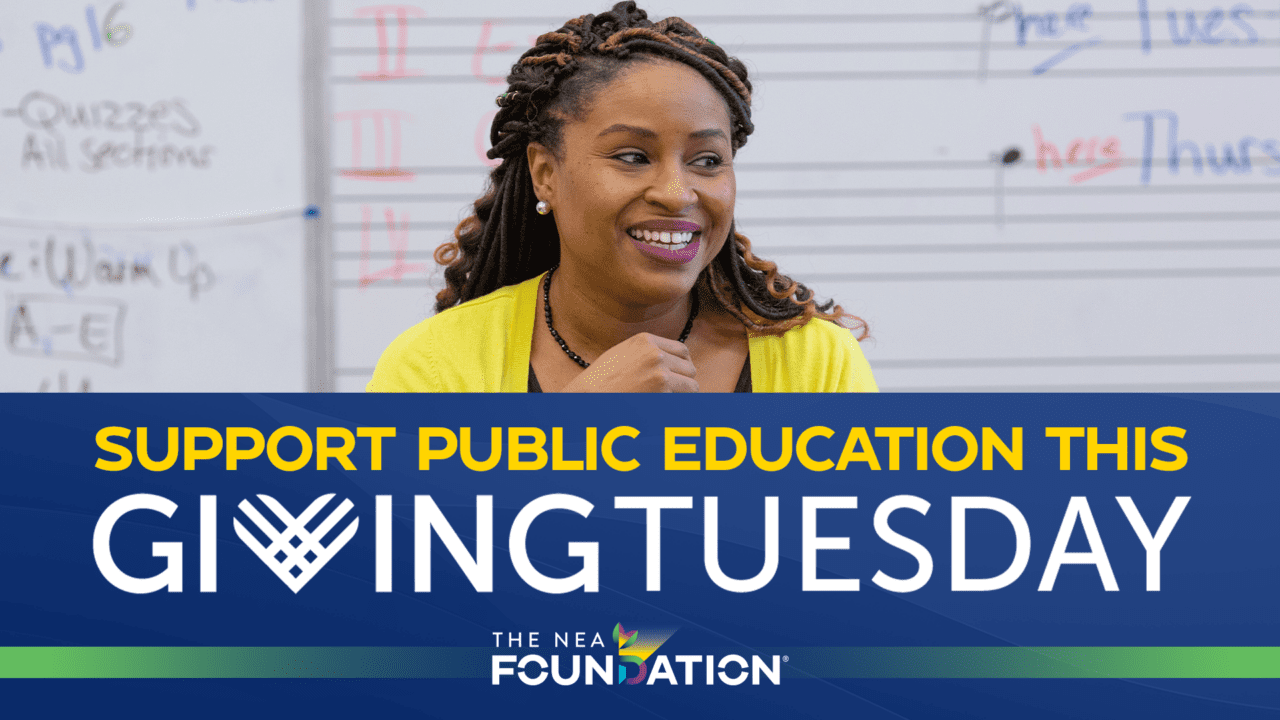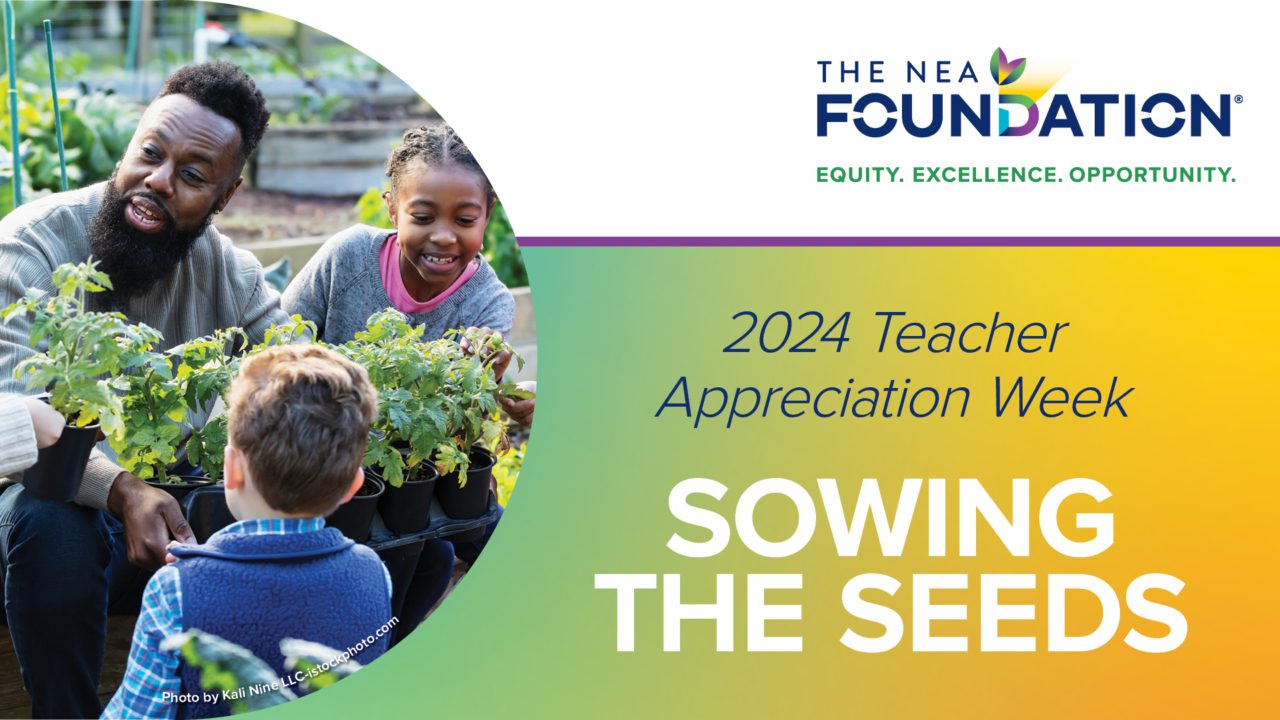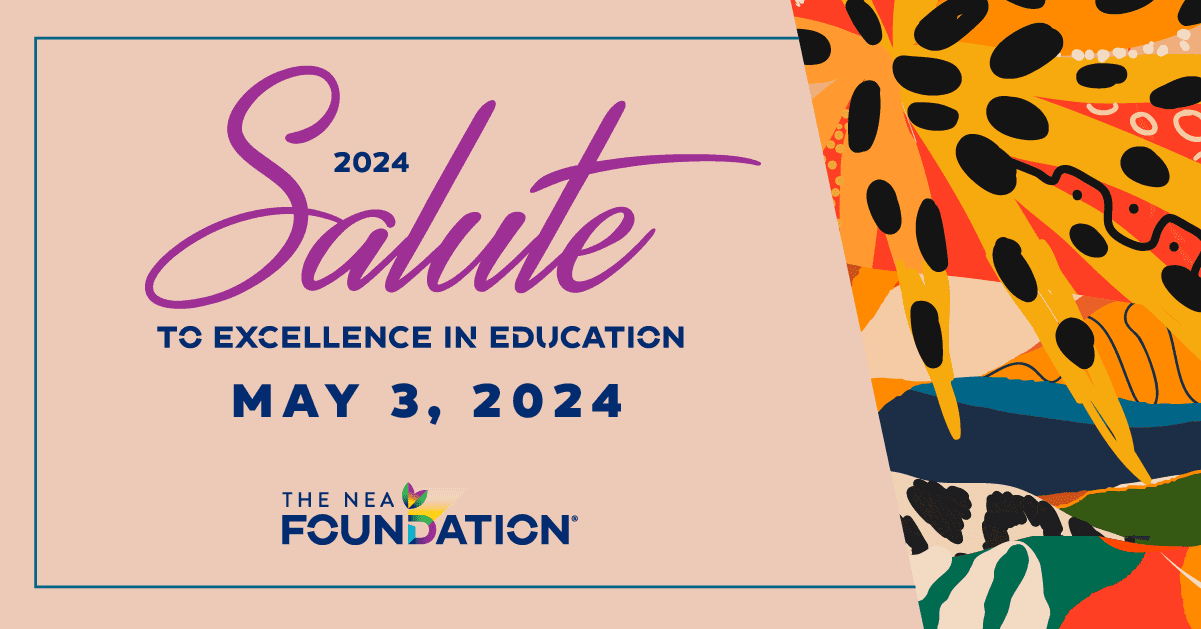Joe Nappi is a high school and university social studies educator in Tinton Falls, New Jersey. He is also one of the five educators receiving the 2025 Horace Mann Awards for Teaching Excellence.
When I began teaching nineteen years ago I saw the slow creep of technology into my classroom. While I mostly welcomed its advance, I could have never imagined how all-encompassing its impact would be. Today the average high school student spends eight hours and thirty nine minutes a day on screens, and statistically, half of our students spend more time than that! The digital age has brought incredible educational possibilities, but it has also brought serious issues for our students. While I am encouraged to see that the mental health impacts of social media are finally getting the attention they deserve, I am deeply concerned that there is another digital crisis confronting our students that is not receiving nearly enough attention: the impact of targeted disinformation.
We can’t afford to underestimate the threat that disinformation poses for our students and our society. Right now as you are reading this there are White supremacists, anti-Semites, foreign governments, and other radical extremists who are attempting to mislead and radicalize your students. A 2014 study found that 50 percent of students unwittingly interacted with hate-filled propaganda, a number that has likely increased in the last decade. These digital propagandists use a multitude of tactics from memes with “edgy humor,” to video game forums, to the outright fabrication of lies, all in an attempt to prey on our students’ ignorance. As much as I hate to use the words of professional conspiracy theorist Alex Jones, his website’s tagline says it all: “There is a war on for your mind.” In this lone instance, he is telling us the truth; our students are sleepwalking into an ambush.
Unfortunately for most veteran educators like myself, the skills needed to respond to this challenge were not part of our college curriculum. Luckily for us, there are some great free resources that can teach us, and our students, these essential skills. Allow me to highlight my personal favorite:
CHECKOLOGY- A FREE RESOURCE FOR TEACHERS AND STUDENTS
I got my start with the News Literacy Project’s phenomenal e-learning platform: Checkology. Checkology’s self-guided e-learning courses are intended for use by middle and high school students and are completely free and super easy to use. Teachers can customize courses for their students to complete on a variety of important subjects: from the role of the press in a democratic society, to how to detect misinformation and conspiratorial thinking. There are skill builders on evaluating arguments and evidence, data analysis opportunities, and one of my favorite features, the “Check Center”, which allows students to become digital detectives, determining if information they encounter online is fact or fiction. I regularly use their courses and bell ringers with my students, and I recommend that teachers take their online courses to expand their knowledge as well. Their courses work great for a unit on media literacy or even a no hassle substitute lesson plan. (To learn more, check out a video on how to get started.)
PRACTICAL STRATEGIES
While I love Checkology and recommend it far and wide, some teachers don’t have the class time for all it has to offer. So allow me to suggest some practical strategies that you can use right now in a shorter time frame.
1. Increase student self-awareness
A keystone strategy is building students’ self-awareness of the emotional responses they have to online content. In social media spaces engagement is the ultimate prize, and plenty of research has gone into studying what makes us engage with inaccurate content. That research demonstrates that the most influential factor in what people engage with is their emotional response. So which emotion elicits the highest level of engagement? Anger. Content that makes people angry is content they are most likely to share and comment on. For those of you who spend time online, this is likely not a surprising revelation.
The realization that bad actors are using “Enragement as Engagement” helped me develop my “Golden Rule of Not Being Fooled”: If something you encounter online makes you angry, you should immediately question whether or not it is true!” I will repeat this ad-nauseum to my students with two goals in mind, 1) stopping them from being fooled into unwittingly spreading disinformation 2) helping them to think seriously about the emotional toll their social media use may be having on them. Both of these are crucial goals in the modern digital classroom.
2. Model Fact Checking
When students encounter things online that make them angry, I invite them to bring them to class. There, we work together to investigate the validity of these anger inducing claims. First we check professional fact checkers to see if anyone has done the work for you. If we don’t find anything there, we practice our digital detective skills (you can learn these yourself from the Toolbox in Checkology’s Check Center.) These include reverse image searches (I love tineye!), lateral reading and geolocation to see if we can determine whether what they’ve found is worth getting upset over. Modeling these skills helps students think critically about the things they are encountering online and helps build the sort of self-reflective critical thinkers that are less likely to be led astray by disinformation.
3. Get Ahead of Disinformation
Educators should consider ways in which they can get ahead of disinformation with their students. For instance, science classes can engage students on the effectiveness of vaccines, or the realities of climate change. Social Studies classes should not only teach about The Holocaust, but should do so in a way that debunks enduring antisemitic myths. All subjects and levels should embrace culturally representative texts, which humanize the experience of traditionally underrepresented groups, many of which students may not have interacted with, or seen realistically represented. (The disgusting lies spread about Haitians, who make up 0.34% of the US population, are a poignant example of why such efforts are so desperately needed.)
4. Teach Empathy
Teaching empathy is another skill that helps students pause before jumping to conclusions. The more that we can help our students see the world through someone else’s eyes, to recognize and reject dehumanizing language and to avoid “othering” people, the harder it becomes for extremist narratives to hold influence over their thinking.
5. Focus on the Intent
While it is vitally important to give students the skills and knowledge needed to find accurate information, we also need to ensure that we don’t neglect the forest by over-examining the trees. Perhaps the most important conversations we can have with students focus on the intent behind this false information. Are they encountering examples of misinformation (false information shared out of ignorance/ misunderstanding) or disinformation (information shared with the specific intent to harm/ mislead?) Who would create this disinformation and why? These are the questions that future citizens of a diverse democracy need to be thinking about.
6. Promote Critical Thinking
In a free society we must ultimately all draw our own conclusions. Our role as educators is to ensure that our students have the skills necessary to draw their conclusions from accurate information. To do this effectively, they must have the ability to recognize attempts at emotional manipulation, to reject stereotypes, to empathize with others, and to think critically about the accuracy of the information underpinning the myriad narratives they encounter online. These are the critical thinking skills that enduring democratic systems demand: skills that can provide a defensive shield from the “war” being fought for our students’ minds. The alternative is to allow our students to continue scrolling obliviously through a minefield of disinformation, and that’s an alternative none of us can afford.
Our students did not choose this “war”, but it is imperative that we give them the skills they need to win it!
THE NEA FOUNDATION IS COMMITTED TO FEATURING DIVERSE VOICES AND PERSPECTIVES ABOUT CRITICAL ISSUES FACING PUBLIC EDUCATION, STUDENTS, AND EDUCATORS. THESE VIEWS DO NOT NECESSARILY REFLECT THOSE OF THE NEA FOUNDATION.


